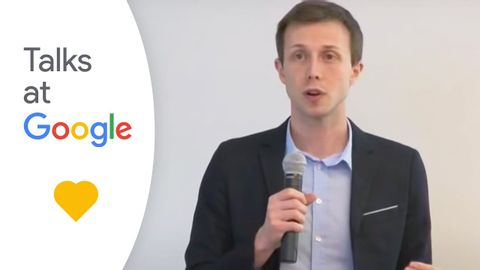ネイサン・ランクル「動物たちへの慈悲」。Googleでの講演 (Nathan Runkle, "Mercy for Animals": Talks at Google)
羅致 が 2021 年 01 月 14 日 に投稿  この条件に一致する単語はありません
この条件に一致する単語はありません- n. (c./u.)(同じ文化を共有する)民族;人々;人々;親族;社員
- v.t.居住する
- n. pl.人々
US /ˈsɪstəm/
・
UK /'sɪstəm/
- n. (c./u.)システム;方式;(身体)系統;(コンピューター)システム
- adj.組織的に : 論理的に
US /ˈkʌntri/
・
UK /ˈkʌntri/
- n. (c./u.)国;田舎;国民;領土;カントリー音楽
- adj.田舎の;自国
- v.t.虐待する;乱用する;悪用する;ののしる
- n. (c./u.)乱用;悪口;虐待
エネルギーを使用
すべての単語を解除
発音・解説・フィルター機能を解除

